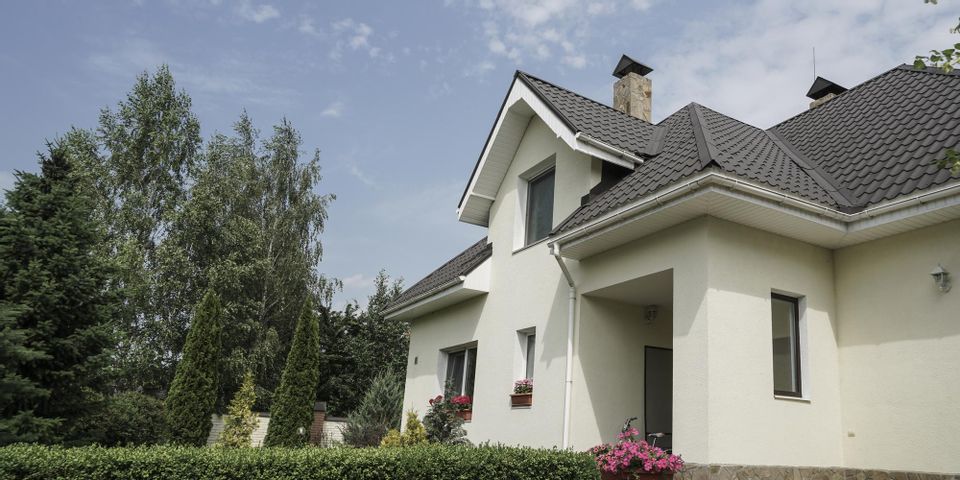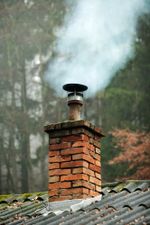
Every chimney needs a chimney liner to function safely and effectively over the years. However, over time, the material—whether clay, ceramic, or metal—will begin to erode and require replacement. Learn about the immense importance of chimney relining with help from the following guide.
What Is the Chimney Liner’s Function?
 Most chimneys have a liner on the inside constructed from a resilient material like ceramic, metal, or clay. This liner serves as an additional heat barrier, trapping heat inside the flue and preventing it from impacting nearby structures. The liner also helps flammable substances like carbon monoxide, smoke, and creosote from seeping through the chimney and entering the home. When the chimney liner begins to erode, the property’s framing and walls become more susceptible to fire damage.
Most chimneys have a liner on the inside constructed from a resilient material like ceramic, metal, or clay. This liner serves as an additional heat barrier, trapping heat inside the flue and preventing it from impacting nearby structures. The liner also helps flammable substances like carbon monoxide, smoke, and creosote from seeping through the chimney and entering the home. When the chimney liner begins to erode, the property’s framing and walls become more susceptible to fire damage.
Some old chimneys constructed before the 1940s may not have a chimney liner, as they became a safety requirement later on. Homeowners with older chimneys should invest in a liner as soon as possible to promote safety.
What Does Chimney Relining Entail?
How often a chimney needs to be relined varies widely, so invest in annual chimney inspections to ensure yours remains in optimal condition. When the lining begins to fall apart, a professional must remove the disintegrating material and install the new tiles to comply with municipal and national building legislation. These tiles must be custom-fit for your unique chimney flue, and the process may take up to a few days to complete.
If you think it may be time for chimney relining, contact the professionals at The Chimney Sweep. With over three decades of experience in the industry, the team from The Chimney Sweep in Forsyth County, NC, provides the prompt, high-quality chimney services locals rely on, from relining to repairs. For more information about how the seasoned team can help you, visit the website or call today at (336) 993-8999.
About the Business
Have a question? Ask the experts!
Send your question

